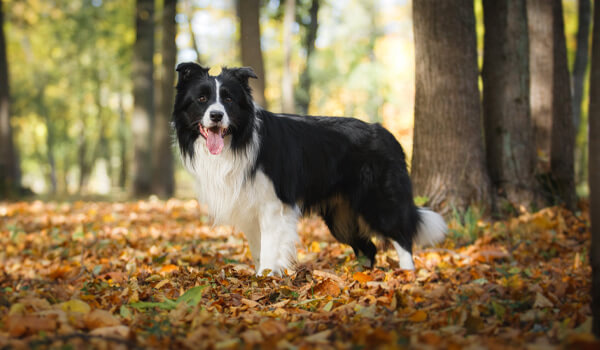Are raw food diets better than processed pet food?
There is no scientific research that confirms that raw food is any better or worse than processed food. However, there are some possible health and safety concerns you need to take into account if you chose to feed a raw food diet, such as it may not provide all the nutrients a pet needs, or it could contain dangerous bacteria that are potentially harmful to both the owner and the pet.
Although there is no single official definition nor recipe for Raw Food Diets (RFD), these refer to homemade or commercially prepared pet diets based on raw meat, organs and bones. They can also include other ingredients such as unpasteurized milk, uncooked eggs, raw fruits, vegetables, oils, nuts and seeds. Despite the name, RFD are not always completely raw; for example, cooked grains are a common inclusion. The term “BARF” is commonly used to refer to RFD. It is an acronym for “Bones And Raw Food” or “Biologically Appropriate Raw Foods”. Some people believe pets should eat a raw food diet because it is allegedly more similar to what they would eat in the wild.
There are two types of raw food diets for dogs and cats: homemade raw diets and commercially prepared raw diets.
Homemade raw diets are challenging and require significant expertise to provide adequate nutrients in the right proportions. Commercially prepared raw food diets for cats and dogs on the other hand can offer a simpler and safer way as these are made by expert manufacturers and are usually frozen and freeze-dried, and can be either ‘complete’ or ‘complementary’. These products help owners to feed their pet raw diets responsibly. At Purina, we are committed to making safe, high quality, nutritious pet foods to meet a variety of unique needs and, at this time, raw diets do not meet our standards. While we don’t currently make raw food diets for cats and dogs, we still offer a variety of product lines made with selected natural ingredients such as PURINA BEYOND, PURINA ONE DUAL NATURE or PURINA BETA.
Advocates of RFD claim numerous health benefits including improved digestion, firmer stools, healthier skin and coats, reduced allergy problems, stronger disease and parasite resistance, elimination of body odour and bad breath, better weight management, reduced health problems and enhanced quality of life. Very few of these benefits are supported by published research. One of the claims related to raw food diets for dogs and cats is that cooking reduces the digestibility of foods, especially protein. However, appropriate cooking processes can actually increase it.
The pet health concerns of (especially homemade) RFD can be split into three main areas:
- Foodborne illness
RFD increase the risk for bacterial and parasitic infections which can be harmful to both pets, their owners or anyone they come into contact with, as fresh poultry products and other animal by-products might get contaminated. - Physical injury
Consumption of raw bones can result in a multitude of injuries in both cats and dogs. These include fractured teeth and other injuries to the mouth, choking, gastrointestinal obstruction or perforation, vomiting, diarrhoea, rectal bleeding, and even death. - Nutritional imbalance
Pet owners may or may not follow the recipe when preparing RFD. Although it is possible for home-prepared RFD diets to provide balanced nutrition, multiple studies indicate that most home-prepared diets fail to provide complete nutrition.
